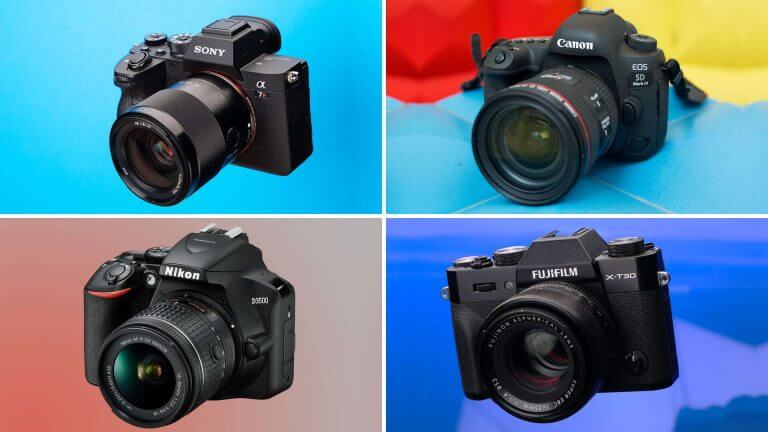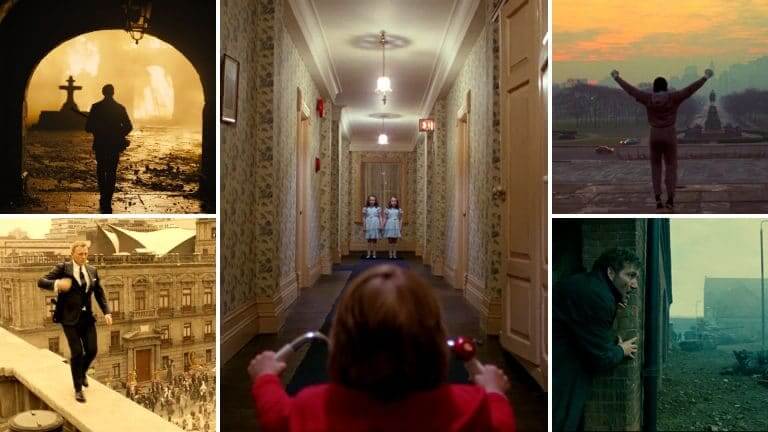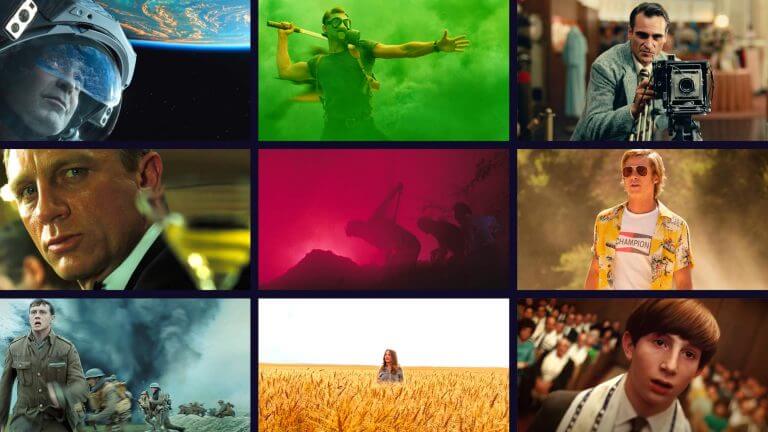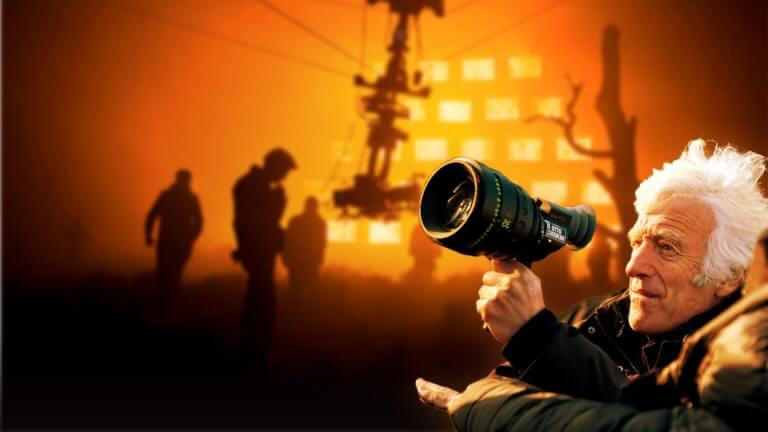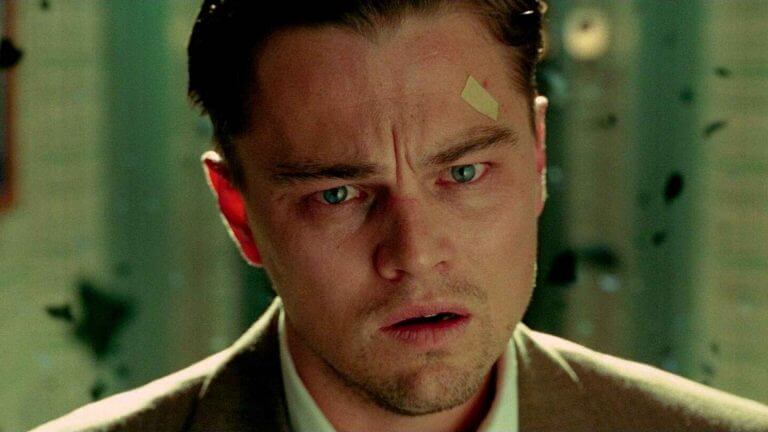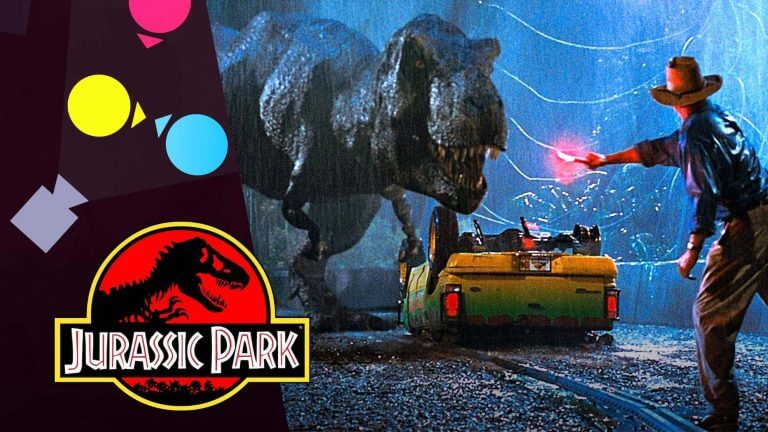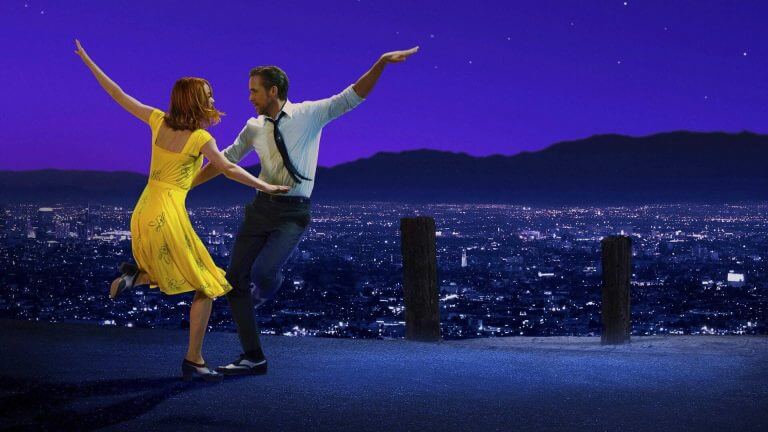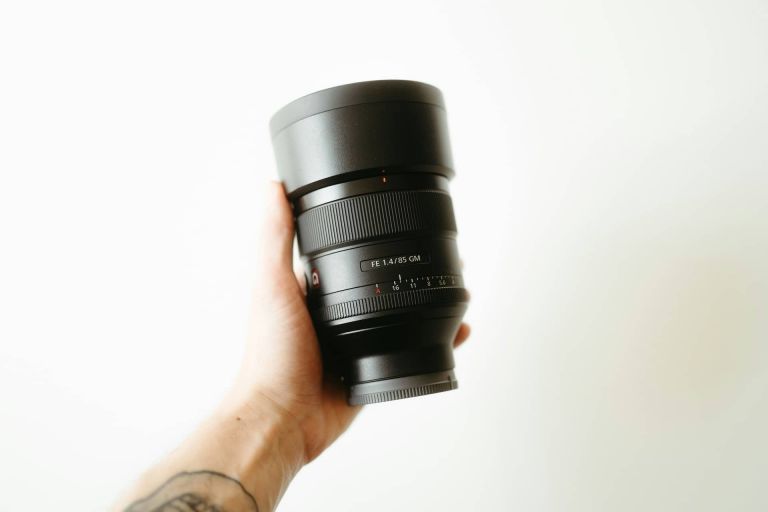As camera technology evolves, the mirrorless vs DSLR debate is becoming more and more about preference. While DSLR cameras may have been the frontrunner for the last few years, mirrorless cameras have made such incredible advancements that both professionals and beginners alike swear by them. We’ll lay out the key differences between a mirrorless camera vs DSLR, and help you determine the most important question — what’s best for you?Continue reading Mirrorless vs DSLR — Pros and Cons for Photo and Video
Often the most impactful inventions in history have come about as a result of a beautiful accident. In film, especially on set, beautiful accidents happen all of the time. Luckily for us, a particular invention happened nearly half a century ago, early enough to give us some of the best footage we’ve ever seen. The Steadicam came about over trial and error. So what is it? What is a Steadicam shot? Let’s quickly define it, and learn more about the inventor of one of the most revolutionizing pieces of equipment in film history.Continue reading What is a Steadicam Shot &…
Cinematographers and filmmakers have depended on camera support mechanisms since the beginning of cinema. With tripods, dollies, and cranes, the mechanisms to support a camera have evolved. One method, however, relies on none of these mechanisms and has only grown more relevant with time. The handheld shot. It's important to understand how filmmakers have utilized the handheld shot to achieve more than just a stylized look, but rather a psychological effect. Before we answer the why and how let’s first address the what. What is handheld camera movement?Continue reading The Handheld Shot in Film — Definition and Examples
Dof basicsShallow dofDeep dofDOF GuideTYPES OF CAMERA FOCUS Shot SizeShot FramingCamera AnglesCamera FocusCamera GearCamera MovementCamera Lenses Camera focus is more than just making sure your image is sharp and detailed. When you consider the storytelling value of shallow focus or how a rack focus can guide the eye, a whole new world opens up. Directors and cinematographers can manipulate the depth of field in film or photography for a variety of purposes. As you complete your next shot list, don't forget this vital aspect of image making. Today, we're going to review the different types of camera focus, how they…
When making a movie, it can be a struggle to decide between the two most common widescreen aspect ratios: 1.85:1 and 2.35:1. For anyone who has ever felt this struggle, there is an ideal middle ground. We’re talking about the 2:1 aspect ratio which has seen a resurgence in the last decade. In this article, we’ll go over the 2:1 aspect ratio, where it came from, and how it’s been used in movies and TV so that you too can take advantage of this unique frame.Disclaimer: Since 2.35 is often used interchangeably with 2.39 and 2.4, we will do the same…
When it was announced that 1917 would be shot to look like a single take, it quickly became one of the most anticipated movies of the year. While the performances and screenplay were both incredible, many left the theatre wondering the same thing. How was 1917 filmed? While there is no single answer to this question, there are various factors that contributed to the immersive 1917 one shot cinematography. Without further adieu, let’s dive into how they pulled this off.Continue reading 1917 One Shot Explained — How Roger Deakins Shot a “Oner” Film
Whether you’re a filmmaker or photographer, capturing near perfect eye light can really help tell your story. The eyes are the most telling feature of a person and reveal so much to the audience. This post explores the technique of using a catchlight to breathe life into your work. So what is a catchlight and how can you capture one?Continue reading Catchlight Photography: How to Capture Eye Light with Purpose
Jurassic Park is one of the few movies that have set the standard among audiences’ expectations for modern blockbusters. With more recent installments such as Jurassic World and Jurassic World: Fallen Kingdom falling short of many viewers' expectations, what exactly made the original so amazing? The answer is largely due to the Jurassic Park cinematography and the direction of Steven Spielberg.Although the production design, visual effects, and performances all contributed to its success, the innovative techniques used to tell the story set Jurassic Park apart from its sequels. So how did Steven Spielberg use his camera to a larger than…
Have you ever asked yourself, "What is CinemaScope?" It’s a widescreen lens and projection system that has become a popular choice for filmmakers and is now an industry standard. Most audiences had never seen anything like it, and it started a widescreen revolution that literally changed the shape of movies forever. So, what is CinemaScope, exactly? And just how important was it to the cinema landscape both then and now?Continue reading What is CinemaScope? Definition and Examples for Filmmakers
Kit lenses are great for beginners, but if you’re at the point where you want to experiment with new lenses, prime lenses are a great place to start. They can also help you become a better photographer or filmmaker, because they rely on way less mechanics than other lenses. So. what is a prime lens? And why should you use one? Let’s dive in.Continue reading What is a Prime Lens and What are the Benefits of Using One?
